Origami, the ancient art of paper folding, captivates with its elegance and intricate designs. For those new to the craft, the question looms: Is origami hard to make? The answer unfolds through a journey of folds, where the difficulty ebbs and flows.
This exploration delves into factors shaping the challenge, from the type of paper chosen to the complexity of models attempted.
Aspiring origamists will discover that, while certain designs may present a learning curve, the joy lies in gradual mastery.
This blog navigates the nuances of origami, offering insights to make the art accessible and a source of creativity and delight.
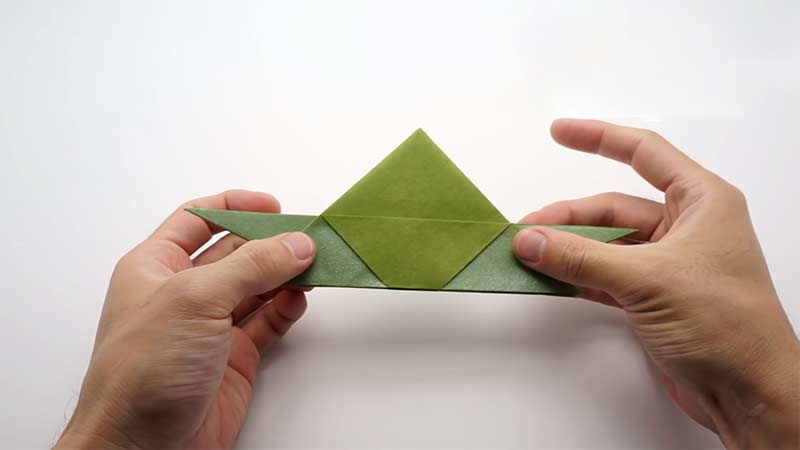
Is Origami Hard to Make?
Origami’s difficulty varies based on the complexity of the model, paper choice, and the folder’s skill level. Simple designs like cranes or boats are accessible for beginners, offering an easy entry point.
As models become more intricate, challenges arise, demanding precision and patience. With practice and gradual progression, origami becomes an enjoyable and rewarding art form.
Starting with basic models and clear instructions can make the learning process smoother, emphasizing creativity and the satisfaction of transforming a simple sheet of paper into intricate, beautiful creations.
While origami may pose challenges initially, it is approachable and enriching with consistent effort.
Why Is Origami So Hard? Decoding the Complexity
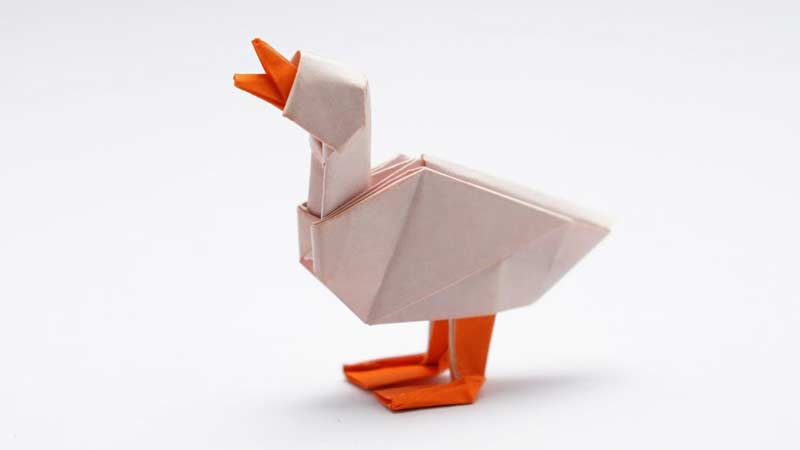
Origami can be perceived as challenging for several reasons, especially for beginners. Here are some factors that contribute to the perception of origami being difficult:
Precision and Accuracy
Origami often requires precise folding and accurate creasing. Achieving the exact folds can be challenging, particularly for beginners still developing fine motor skills.
Folding Symbols and Diagrams
Origami instructions are typically presented using folding symbols and diagrams. Deciphering these symbols and understanding the sequential steps can confuse beginners unfamiliar with the conventions used in origami diagrams.
Complex Models
Some origami models are inherently complex, involving intricate folds and multiple steps. Beginners may find it overwhelming to tackle designs that require a high level of detail and precision.
Choice of Paper
Selecting the right type of paper is crucial in origami. Beginners may not be aware of the impact that paper thickness, texture, and size can have on the folding process.
Unfamiliar Folding Techniques
Origami involves various folding techniques, such as valley, mountain, and reverse folds. Beginners may need time to familiarize themselves with these techniques and understand how they contribute to the model’s overall structure.
Learning Curve
Like any skill, origami has a learning curve. Beginners may find it challenging initially, but the process becomes more intuitive as they practice and gain experience.
Patience and Perseverance
Origami demands patience and perseverance. Some models may take significant time to complete, and beginners may find it challenging to stay focused throughout the entire folding process.
Transition to Advanced Models
As beginners progress, they might attempt more advanced models. The transition to these complex designs can be challenging, requiring a deeper understanding of folding techniques and higher precision.
Fear of Failure
Some beginners may be afraid of making mistakes or not achieving perfection in their folds. Overcoming this fear and viewing mistakes as opportunities for learning is crucial.
Limited Resources
Beginners might not have access to comprehensive origami resources, making it challenging to find clear instructions and suitable models for their skill level.
What Is the Hardest Origami Thing to Make? 5 Examples
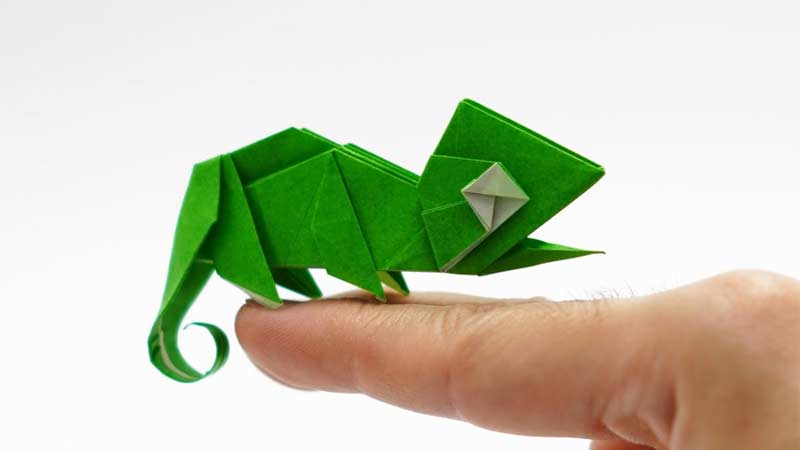
Determining the “hardest” origami creation can be subjective, depending on an individual’s skill level, experience, and preferences.
However, some origami models are widely recognized as particularly challenging due to their complexity and the advanced folding techniques involved.
Here are a few examples:
1. Complex Animals
Elaborating on origami animals, especially those with intricate details and realistic features, can be challenging. Designs like complex dragons, elephants, or insects often involve numerous folds and intricate shaping.
2. Modular Origami
This involves creating intricate structures by interlocking multiple units or modules. Examples include intricate origami polyhedra or modular origami sculptures, which can require high precision and patience.
3. Wet-Folding Creations
Wet-folding is a technique where dampened paper is used to create more rounded and sculptural origami forms. This technique is often applied to create realistic animal models or other organic shapes, adding an extra layer of difficulty.
4. 3D Origami or Golden Venture Folding
This technique involves creating sculptures by folding hundreds or even thousands of small, identical units and assembling them to form a larger structure. The famous “swan” is a common example of 3D origami.
5. Tessellations
Origami tessellations involve intricate geometric patterns that repeat across the entire paper. Achieving precise and uniform folds to create complex tessellated designs can be challenging.
Tips for Making Origami Easier and Enjoyable
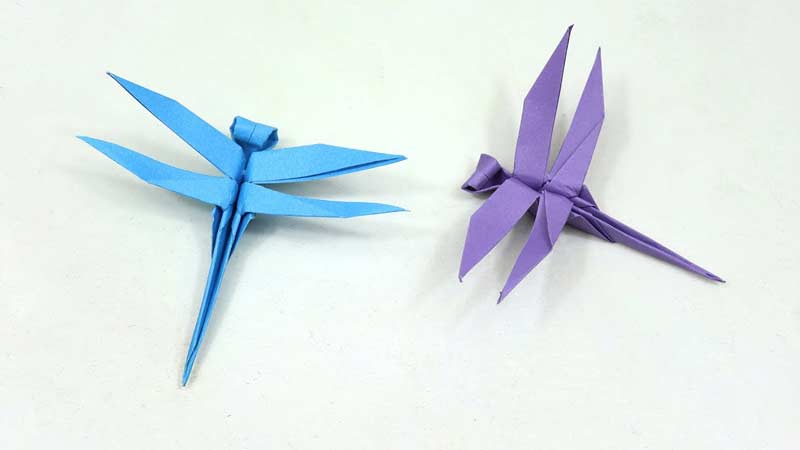
Making origami easier and more enjoyable can be achieved by considering various aspects of the process. Here are some tips to enhance your origami experience:
Start with Simple Models
Begin with easy and basic origami models suitable for beginners. This helps you build a foundation of folding techniques and gradually increases your skill level.
Choose the Right Paper
Select a paper that is appropriate for your project. Origami paper is ideal due to its square shape, thinness, and ability to hold creases well.
However, you can experiment with different types of paper, adjusting thickness and texture based on your preference and the complexity of the model.
Follow Clear Instructions
Use well-detailed instructions or diagrams that provide step-by-step guidance. Clear explanations can help you understand each fold, making the process more straightforward and enjoyable.
Practice Regularly
Like any skill, origami improves with practice. Dedicate some time to folding regularly, and gradually challenge yourself with more complex models as your skills progress.
Use Tools if Necessary
Don’t hesitate to use tools such as tweezers, a bone folder, or a ruler to make precise folds, especially in intricate or small areas. These tools can aid accuracy and make the folding process more manageable.
Fold on a Flat Surface
Use a clean, flat surface to fold your origami. This provides stability and makes it easier to maintain accurate folds.
Be Patient
Origami can be intricate, and patience is key. Take your time with each fold, ensuring it is precise before moving on to the next step.
Experiment with Different Papers
While origami paper is commonly used, you can explore other paper types, such as coloured or patterned paper, newspaper, or recycled materials. Just ensure the paper is suitable for folding without tearing or creasing excessively.
Join Online Communities
Connect with other origami enthusiasts online. Participate in forums or social media groups where you can share your creations, ask for advice, and learn from experienced folders.
Enjoy the Process
Remember that origami is an art form meant to be enjoyed. Embrace the creative process and appreciate your accomplishments, even small ones. Don’t be too hard on yourself if a fold doesn’t turn out perfectly; learning from mistakes is part of the journey.
Easy Origami Models for Beginners: Top 10 List
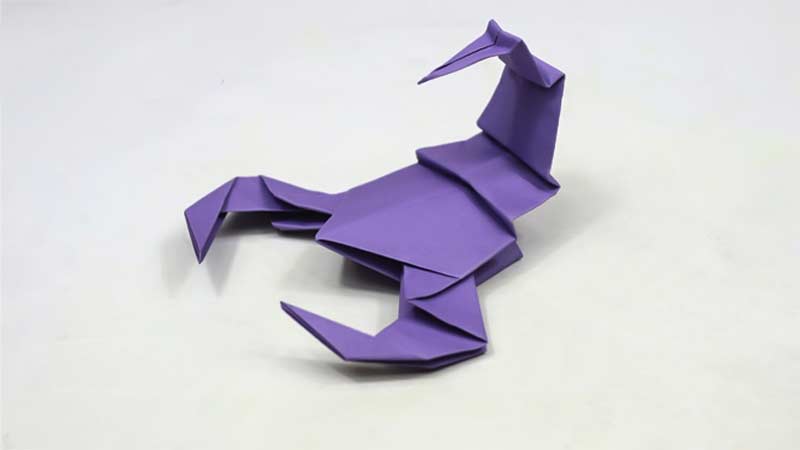
For beginners, it’s advisable to start with simple origami models to build foundational folding skills and gain confidence.
Here are some examples of easy origami models for beginners:
1. Origami Crane
The origami crane is a classic and iconic model. It’s relatively simple but introduces key folds like the bird base and inside reverse fold.
2. Origami Boat
Creating an origami boat is straightforward and great for beginners. It involves basic folds and is an excellent introduction to paper folding.
3. Origami Frog
The origami frog is a fun and easy model, perfect for beginners. It incorporates simple folds and can be made to “hop” when you press down on it.
4. Origami Butterfly
Origami butterflies are delicate and lovely. This simple model introduces folds like the squash fold, commonly used in many origami designs.
5. Origami Fish
Making an origami fish is a beginner-friendly project. It involves simple folds and can be a great way to learn basic origami techniques.
6. Origami Star
Origami stars are simple and visually appealing. This model is often used as a decorative element and introduces basic valley and mountain folds.
7. Origami Heart
Folding an origami heart is a charming and easy project, making it a popular choice for beginners. It’s a great introduction to symmetrical folding.
8. Origami Cat or Dog
Origami animals like cats or dogs can be relatively simple for beginners. They often involve basic folds and are enjoyable to create.
9. Origami Tulip
The origami tulip is a straightforward model that introduces concepts like petal folds. It’s a great way to create a simple floral design.
10. Origami Airplane
Making an origami aeroplane is both fun and easy. This model is an excellent introduction to basic origami folds and can be adapted for different styles of planes.
Is Origami Hard to Learn? Beginner’s Guide
Origami is approachable for beginners but can pose challenges. Learning basic folds is simple, offering a gateway to create easy models.
However, mastering advanced designs demands precision and understanding of complex folding techniques.
Patience, practice, and a gradual progression from simple to intricate models are key. With dedication, origami becomes an enjoyable and rewarding skill, fostering creativity and patience.
Online resources and supportive communities make learning accessible, emphasizing that while it may present initial difficulties, the journey is ultimately fulfilling and worthwhile for enthusiasts of all skill levels.
FAQs
Can children learn origami, or is it too difficult for them?
Children can indeed learn origami. Starting with simple models appropriate for their age helps develop motor skills and fosters creativity. Parental guidance may be beneficial.
Are there health benefits associated with practising origami?
Yes, origami can have therapeutic benefits, promoting relaxation, focus, and stress reduction. It is often used in art therapy and mindfulness practices.
How can beginners avoid frustration while learning origami?
Stay patient, start with simple models, follow clear instructions, practice regularly, and embrace mistakes as part of the learning process.
Can origami be a relaxing and enjoyable hobby for everyone?
Origami is accessible to all. Its meditative nature, simplicity or complexity, and the joy of creating something beautiful make it a universally enjoyable hobby.
To Recap
The complexity of origami rests in the hands of the creator, where challenges transform into opportunities for growth and creativity.
While certain models may pose initial difficulty, the journey unfolds into a captivating exploration of artistry and precision.
With the right paper selection, gradual progression from simple to complex designs, and a patient approach, origami becomes an accessible and enjoyable craft.
The joy lies in the final folded masterpiece and the meditative process of turning a flat sheet into a three-dimensional wonder.
Origami, though challenging at times, is a gratifying endeavour, inviting enthusiasts to discover the art’s endless possibilities.
Leave a Reply